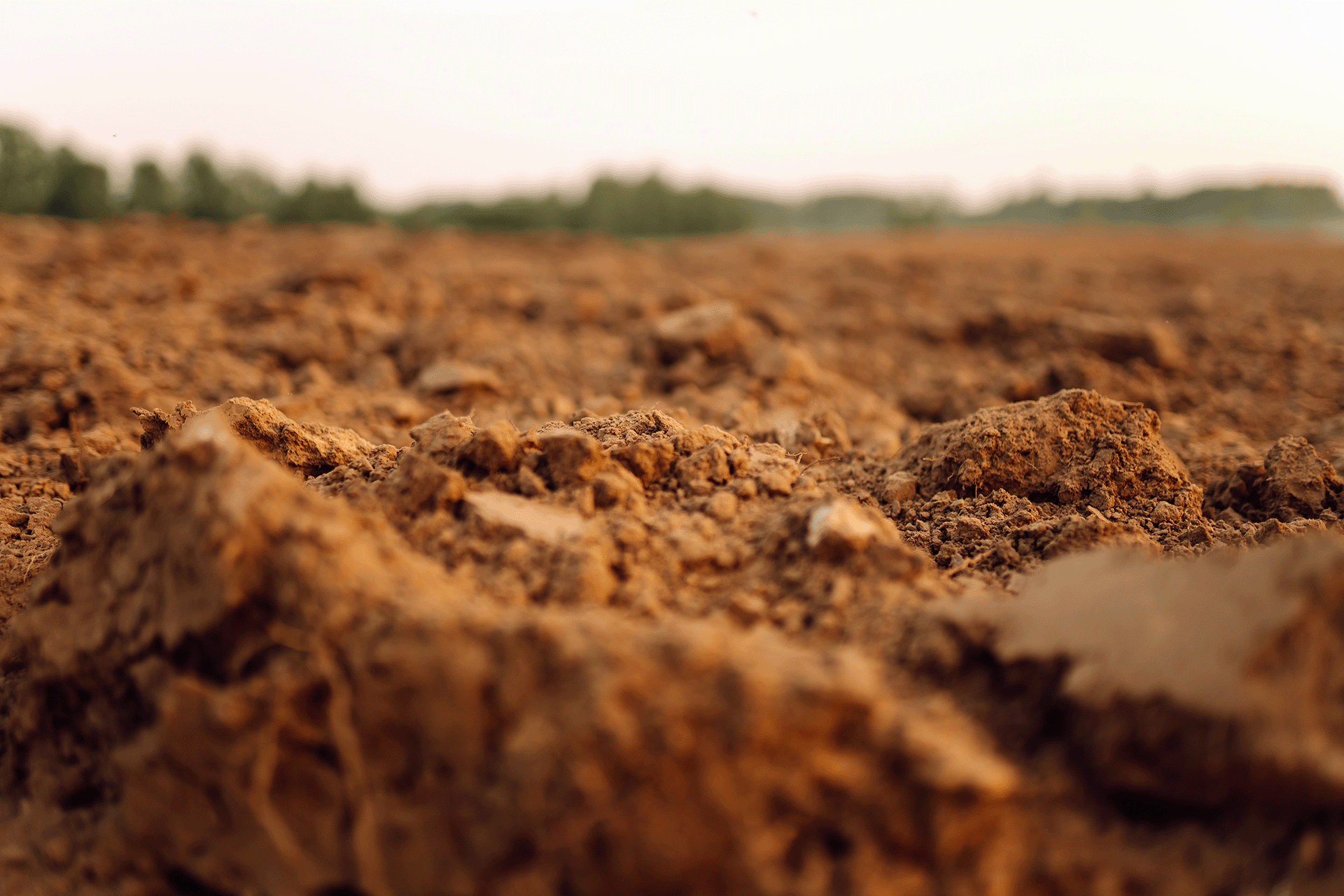Summary
Excavated Natural Material (ENM) covers naturally occurring soil, rock or sand that has been excavated and meets specific regulatory criteria for reuse. It enables cost-efficient reuse of clean materials in earthworks, while maintaining regulatory compliance for developers, environmental consultants and regulators in Australia.
Definition
Excavated Natural Material (ENM) is soil, rock or natural substrate excavated from the ground that retains at least 98% natural material by weight and meets the chemical, physical and documentation criteria set under the NSW Environment Protection Authority (EPA) Order and Exemption.
Why It Matters
Proper classification and management of ENM is a key element in the environmental consulting, land remediation and compliance workflows of construction and redevelopment projects. The reasons include:
- Regulatory compliance: In NSW the Protection of the Environment Operations (Waste) Regulation 2014 mandates that excavated natural material, when reused, be managed under either the ENM Order or the related Exemption.
- Waste-vs-resource management: When material fails to meet the more stringent criteria for Virgin Excavated Natural Material (VENM), it may still qualify as ENM and be reused as fill rather than being treated as waste. This reduces disposal cost and project risk.
- Due diligence & risk mitigation: Excavated materials may come from disturbed sites (industrial, agricultural, previous fill) and can carry contaminants or other risks (e.g., sulphidic soil, acid-sulphate soils). Using ENM classification ensures the material is characterised and documented, supporting public and regulatory confidence.
- Sustainable land use and cost efficiency: By enabling reuse of excavated material that meets defined standards, ENM supports circular economy goals and reduces the volume of material sent to landfill or needlessly imported.
- Integration with remediation and earthworks: For redevelopment of remediated or infilled sites, ENM classification forms part of the broader site assessment and management strategy, along with services like the Geotechnical Investigation or the Environmental Site Assessment (ESA).
When It’s Required
Understanding when ENM classification is required helps environmental professionals, developers and regulatory stakeholders plan appropriately:
Common triggers
- Bulk earthworks or excavation: Large-scale works (e.g., basement excavations, road cuttings, redevelopments) where excavated material is intended for reuse or transfer to another site.
- Redevelopment of previously used sites: Sites with a history of fill importation, previous commercial/industrial use, or exposure to potential contamination where material cannot be classified as VENM, but may qualify as ENM.
- Material transfer or reuse: When excavated materials are to be transported off site or reused in earthworks or as structural fill, they must comply with the requirements of the ENM Order or Exemption.
- Regulatory conditions in approvals or development consents: Many local councils and state regulators include conditions in development approvals or environmental licences that require classification of excavated material under ENM guidelines.
- Compliance documentation for receiving sites: Receiving sites (construction, fill-reuse, civil infrastructure) often require a statement of compliance, sampling records and chain-of-custody documentation to verify that incoming material qualifies as ENM.
Legislative & regulatory framework
Specifically in NSW:
- The ENM classification is governed by the EPA’s Resource Recovery Order under Part 9, Clause 93 of the Waste Regulation and the ENM Exemption.
- Materials must be tested, documented and retained in records for up to six years by the generator or supplier.
- Material must not contain asbestos, sulfidic ores or soils, or originate from a hotspot unless separately characterised.
How We Can Help
Our environmental consulting team provides full-service support for ENM classification and management, aligning with our broader land remediation and compliance capabilities. Proper classification and management of ENM ensures your excavation, reuse and waste-management pathways align with best-practice environmental standards and regulatory requirements. Let Nova Group Pacific support your project from sampling through to compliant reuse—reducing cost, risk and delay.
Contact our team today to ensure your excavated natural material is classified correctly, managed efficiently, and contributes to the success of your development, remediation or infrastructure project.
Related Terms and Concepts
- Virgin Excavated Natural Material (VENM) – A stricter category than ENM, representing uncontaminated, natural material suitable for reuse without waste classification.
- Soil Classification – The process of classifying excavated soils for reuse or disposal, often used together with ENM evaluation.
- Geotechnical Investigation – Assessment of subsurface conditions; relevant when deciding whether excavated material is reuse-suitable.

 Get Your Free Site Assessment
Get Your Free Site Assessment









 Get Your Free Site Assessment
Get Your Free Site Assessment









.png)





